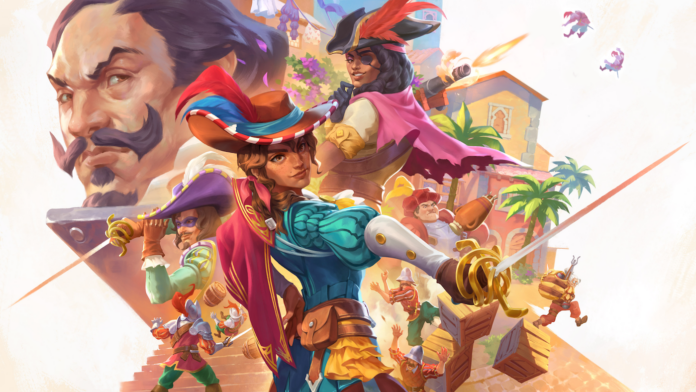En Garde! is one of the most striking indie games coming out this summer. With graphics that wouldn’t look out of place in a DreamWorks animated movie and sword fighting action that would make Zorro blush. Plus a chatty heroine that flogs her enemies with a sharp sword and even sharper one-liners. The developers of Fireplace Games made an early prototype of the game while still in school, but are now well on their way to release it as a full-fledged game.
The original 8 member team that built the prototype at Rubika – school for Game design and animation in Valenciennes, France- all went their separate ways after graduating. But while everyone was working at larger studios or freelance, the En Garde! prototype started gaining traction with nominations, awards and people posting YouTube videos. “All that led to us meeting the wonderful folk at publisher Kowloon Nights, who encouraged us to go for it”, says CEO Anaïs Simonnet. “They agreed to finance our project and so, two years after the original 8, Fireplace Games officially saw the light of day early in 2020. We all became co-founders and yes, we did start this whole adventure with lockdowns and remote work!”
With more time and resources at their disposal, the team started to tear the original prototype down to see how they could improve upon it. Simonnet: “Anything about the student prototype could be questioned, with two exceptions: the name, En Garde!, which is honestly the most stylish title a swashbuckling action game can have, and Adalia’s core personality, which the game is built around.”
Pasta omelette
And so, En Garde! went through several iterations. Some leaning more into narration and exploration, others into much more intricate combat. The team tried to have it all, advanced fencing, branching non-linear storylines, and romances. But fitting all of that together proved to be a nigh impossible task. It became increasingly clear that anything they tried to make that wasn’t a slapstick fencing game simply bogged the experience down.
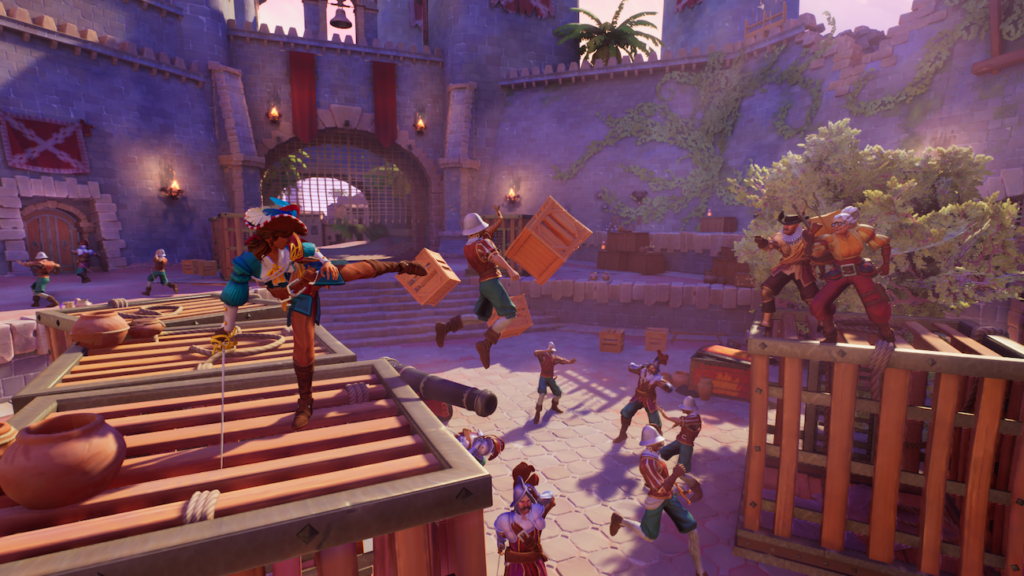
“During the first half of production, we tried to tick every swashbuckling trope, adding anything and everything that fits the genre into the game”, says Simonnet. “What we ended up with was a kitchen sink, or, as we called it internally ‘pasta omelette’, you know a heaping hearty mix lacking any distinct flavour. To dig a solid fantasy out of that ‘omelette’, we found ourselves essentially relying on a good ol’ helping of subtractive design. What should the truest bare-bones core of our experience be? What should the quintessential swashbuckler action game look like? We then proceeded to remove everything that wasn’t a perfect fit for this new, narrower, core vision, and in the end we came full circle to something actually resembling the initial student concept.”
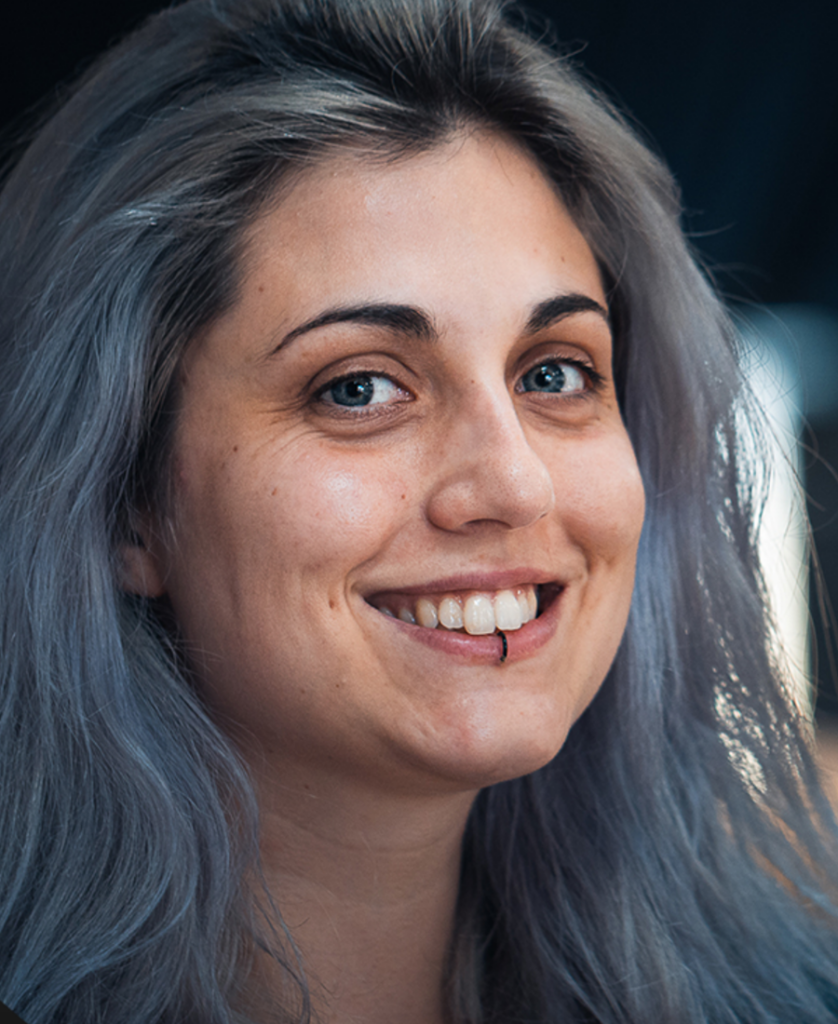
Deeper combat
Was it all a waste of time? Could the team have sooner realised that they already had something special to begin with? According to Simonnet the early phase really helped the team to find a singular focus. “The 2023 version of En Garde! is more linear, but the combat is deeper and environmental interactions are part of the loop instead of being ‘tacked on’. The other major difference, of course, is scope! More time, a bigger budget and a larger team means more heads and hands able to tackle more issues. Everything from environments to enemies are now bolder and more varied.”
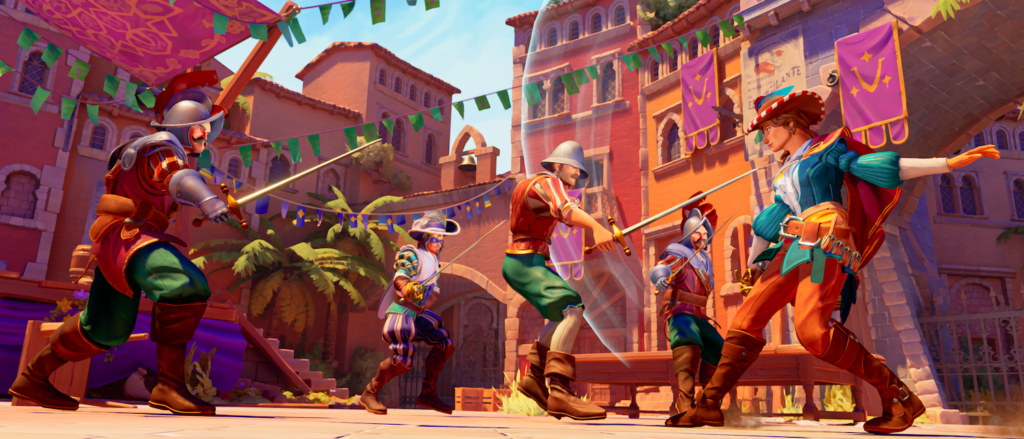
If you ask Sylvain Schmück, Managing Director & Technical Game Designer at Fireplace Games, what’s the feature he is particularly pleased with, he doesn’t have to think long. “We feel like En Garde!’s combat system really shines. We managed to tie fencing and environmental interaction together. By having enemies actively participate in battle, instead of waiting for their turn to go, we made sure the player would quickly become overwhelmed if they didn’t outsmart the enemies by relying on their surroundings. We knew it was going to be a risky move because it really goes in the opposite direction of player habits. Watching players struggle to take on enemies all at once, then having an ‘ah-ha’ moment, and having fun once it ‘clicks’ is immensely rewarding.”
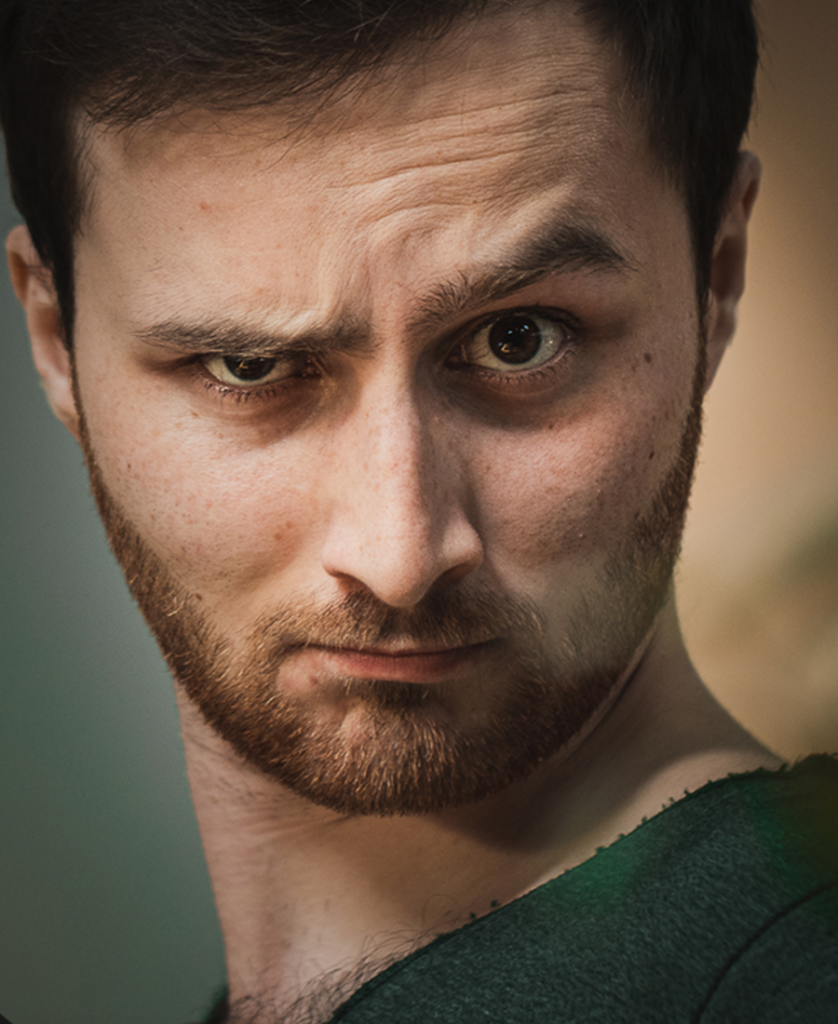
Murdering your darlings
Since combat is such an integral part of the game, it’s no surprise it was also the hardest part to get just right. “It was definitely our hardest conundrum”, says Schmück. Not only did we need to figure out how to make satisfying fencing gameplay, but also how to integrate it with the environmental interactions. In the beginning the game simply wasn’t fun… The solution to all this? Murdering our darlings. It took a humongous effort of rationalisation. So, we tore our entire game apart and tried to keep only 2-3 core creative principles. After intense discussions we boiled these down to duelling, escape & improvisation. This gave us a focus on intense, ever-changing combat, and asking the player to think on their feet.”
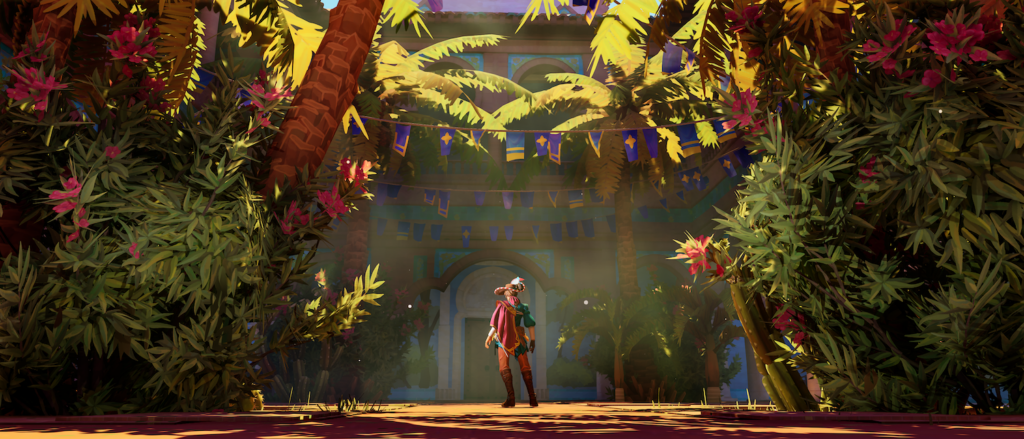
Another eye catching feature of En garde! has to be the visual flair of the game. The beautifully painted locations and a wide range of theatrical characters all give the game a lot of personality. According to Concept Artist & Game Writer Julien Fenoglio, the team worked hard to get that fantasized vision of the 17th century just right. “Especially with a pastiche like ours, it’s easy to fall into making a very superficial copy of a copy. The game has no pretence of historical or literary authority, but we felt like being aware of the source material would be important. Delving into the origins of swashbuckling stories we found out about the picaresque novel and the Spanish Golden Age. We were immediately drawn to this period, its fashion, its characters and the fascinating architectural mixtures of Andalusia.”

Bright and colourful
“From the get-go we knew we wanted something bright and colourful, to go with En Garde!’s lighthearted tone”, says Fenoglio. “Like much of the game, it was a truly collaborative process. Soon after the start of visual development we encouraged each artist to bring their own take to the style and then went back over the choices to make sure everything fit together. Our objective with being a small studio was to make work ‘human-sized’ and allow employees to express themselves.”
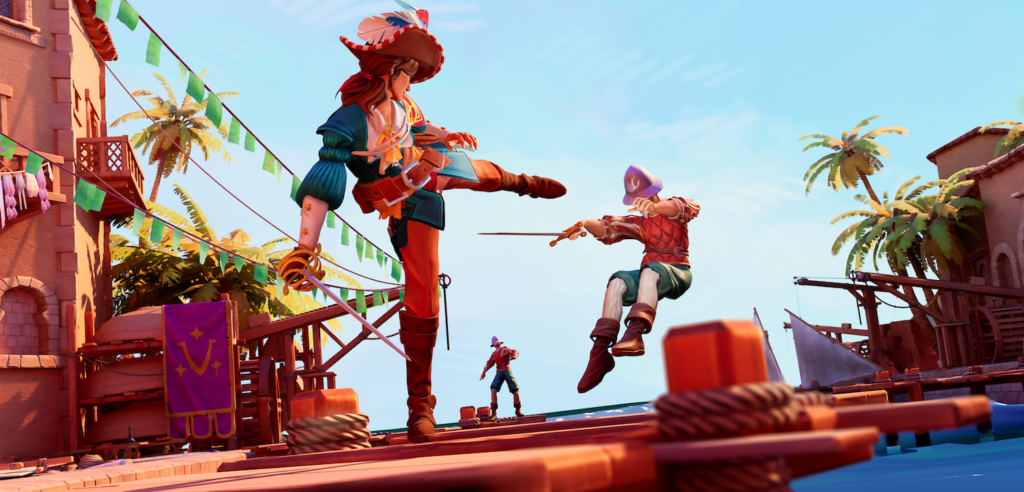
Talking about expressing yourself, the characters in En Garde! sure like to talk while swashbuckling. Their banter is another important part of what makes the game come alive. Fireplace Games build an elaborate system to make the characters say lines that make sense in the situation they’re in, but also to reply in a logical, but -most importantly- humorous way. In order to get that right, the writers filled a database with 4000 lines of dialogue. And all lines needed to be recorded by voice actors.
Voice-over was a hoot
“The in-battle banter was something we felt was absolutely essential to evoking the genre”, says Fenoglio. “Making it scripted felt too limiting, we wanted it to be dynamic. Our system allows us to set up very specific requirements for each bark: what has just happened in-game? To whom? Who else is nearby? What kind of environment or situation are we in? On top of that, not only can barks answer one another, but we can set up callbacks and ‘brick jokes’ and other cascading sequences that opened up a lot of space for us, comedically.
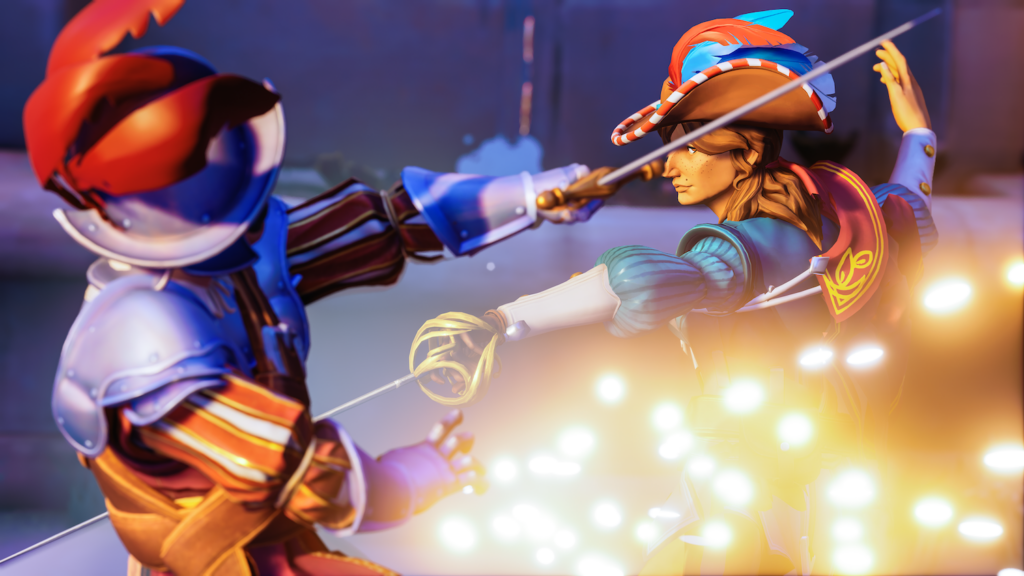
“Voice-over was a hoot, our partners over at Audio Workshop were super receptive to our admittedly very specific needs in terms of accent and delivery! We were lucky enough to be able to participate on both sides of the recording booth, collaborating closely with their acting director and even contributing voice lines ourselves!”
The right blend
Now, with game development in the final stages, the team has time to reflect on the journey. “Looking back, we think that including the entire team in the high-level brainstorms and allowing anyone to critique was beneficial. However, building a proper structure to do so is equally important. We held on to the belief that everyone could and should have a chance to contribute to the game’s creative direction. Different people took on that role at different periods of development, but it’s always proved crucial to keep the project on track. The humans in the team are at the core of development.”
“Finally, something that really contributes to the game’s uniqueness, especially within its niche, is its tone. Being able to pull off just the right blend of cheesy, slapstick and endearing was in no way guaranteed, and we’re glad to see we were able to do so!”

